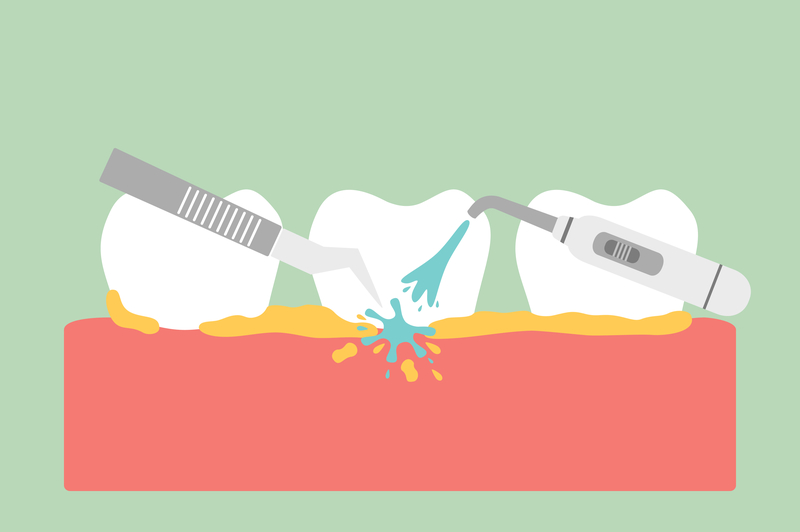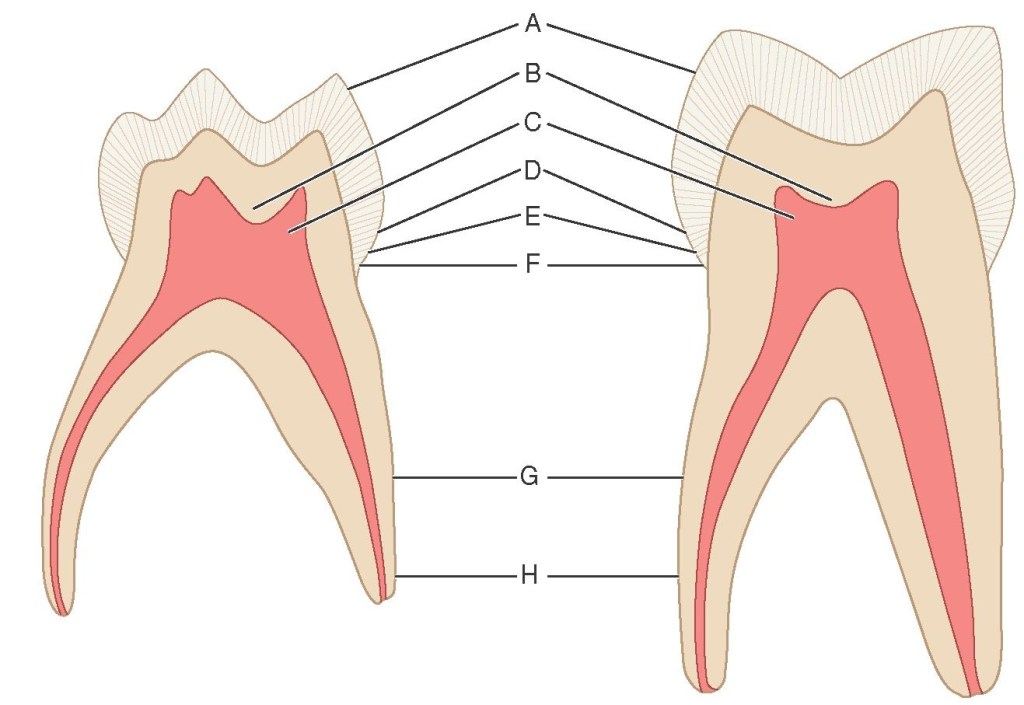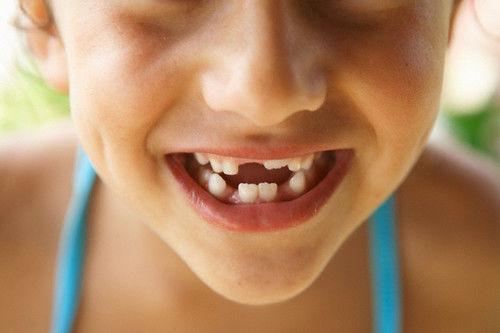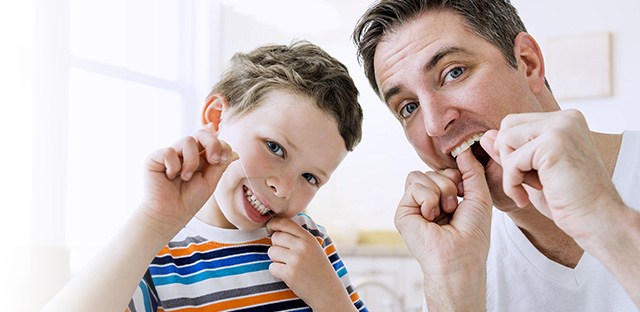You may have undergone dental cleaning carried out by your dentist. And you may also have heard about deep cleaning. You may wonder about the difference between the both. In simple words, regular dental cleaning is a simple and straightforward cleaning procedure. On the other hand, deep dental cleaning is a bit complicated and time-taking procedure. Deep cleaning is also known as periodontal cleaning, aka scaling and root planing. This treatment is specifically for the people who haven’t seen dentist for a long time and, so, they need a special kind of treatment for the removal of hardened plaque buildup.
Time at which deep cleaning gets necessary
The scaling and root planing are typically suggested when pocket developed underneath the gums reach 5 millimeters or more. And if you have huge plaque buildup, your dentist may recommend a deep cleaning to put your oral hygiene back on track. It mainly depends upon the dental exam that your dentist will conduct in order to know what’s right for you.
The deep cleaning treatment

A dental cleaning treatment may require one or two dental visits to complete depending upon the severity of case. The process mainly involves removal of plaque around the teeth with the help of metal tools, laser device or ultrasonic device. The dentist will use ultrasonic device to remove any plaque left outside and under the gums. The entire tooth will then be irrigated with antibiotic to speed up the healing process which mainly involves reattachment of gums to the teeth.
What to expect after the deep cleaning
After the deep cleaning, you will be more prone to pain and infection; and you really need to do something to deal with it. Your dentist will suggest the use of antibiotics to deal with the pain and infection. Moreover, you will need to make sure that your oral hygiene routine is up to the mark. You will need to go for the follow up visits to make sure that you are doing well after the treatment. If you use tobacco in any way, you need to keep in mind that tobacco is highly detrimental to the health of your gums and other sensitive tissues in your oral cavity.
Preventing periodontal disease
The best thing you can do for your oral health is to make sure that you are preventing infections from occurring. More specifically, you will need to follow measures to prevent gum disease which is dangerous not only for your oral cavity but also for your entire health.


